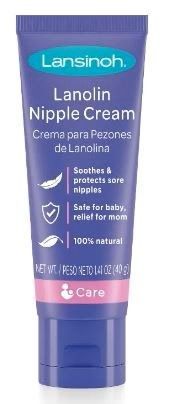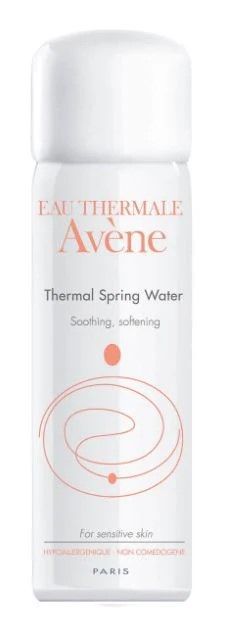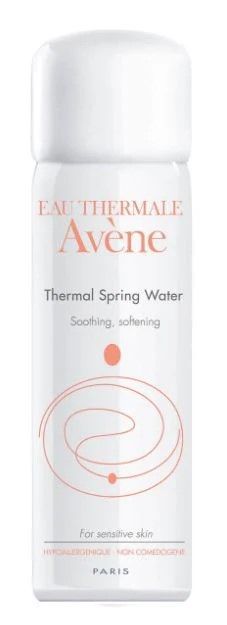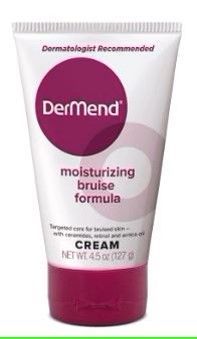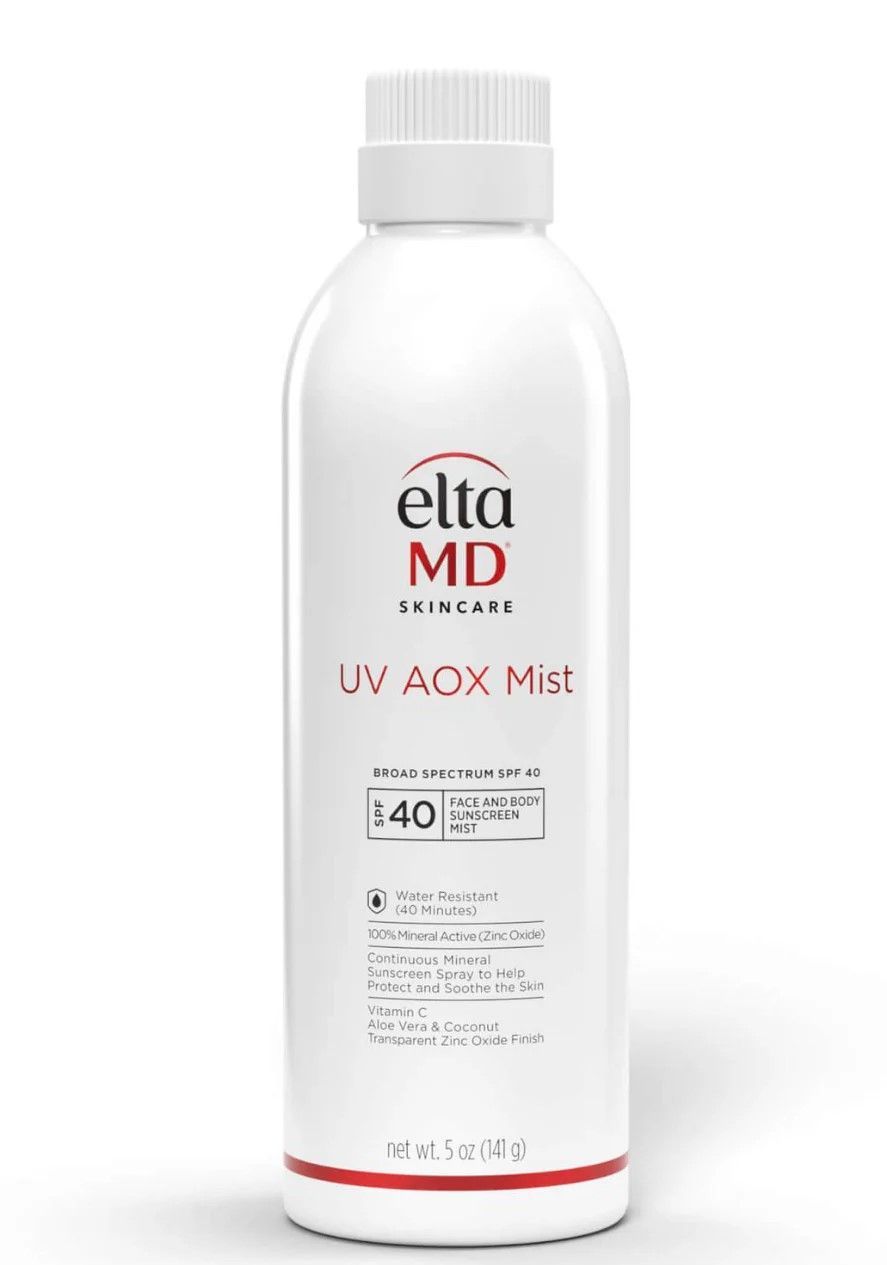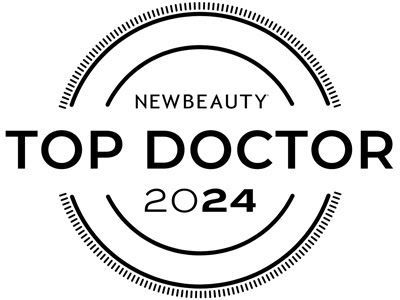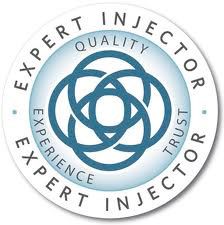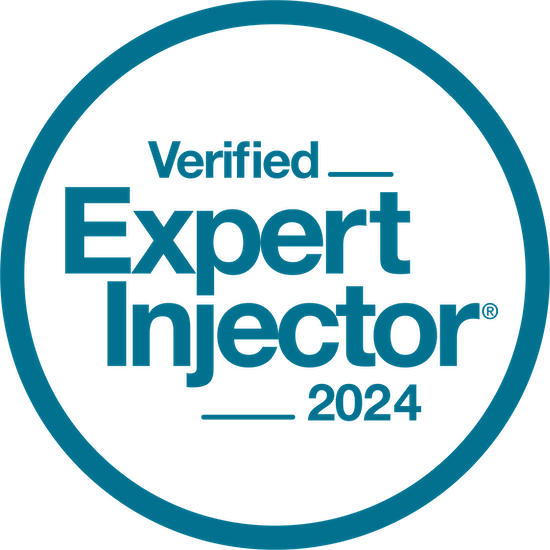Scars & Stretch Marks
Dr. Z is recognized nationally as "The Skin Boss".
YOUR scar & stretch marks EXPERT IN LOUISIANA
You Can Repair the Damage from Scars & Stretch Marks.
Any visible mark left after a wound has healed is considered a scar. Often, scars are minor and temporary, such as the mark left behind when a scratch heals. However, major skin injury can leave large, highly visible, sometimes permanent scarring. Although severe scars typically cannot be eliminated, they can usually be reduced to make them much more inconspicuous.
Z aesthetic Dermatology
Types of Scars
Anytime the skin is broken or significantly damaged, there is the potential for a scar. Some of the most common causes include surgery, traumatic injury, body art/piercing, and skin diseases. Depending on the nature of the initial skin injury, and any complications that may have occurred during recovery, scars may be raised, depressed, white, red, or have other characteristics. The most common types of scarring include:
- Superficial scars – Minor surface irregularities, discoloration, and other subtle marks are usually associated with more minor injuries. This type of scarring responds well to many different treatments.
- Hypertrophic scars – These develop at the site of the wound, forming lumps of scar tissue in clusters. They may appear darker or lighter than the surrounding skin, and sometimes they are red. Hypertrophic scars can become uncomfortable.
- Keloids – Often itchy or painful, keloids tend to spread beyond the margins of the original wound, and they may continue growing over time.
- Contractures – Caused by the contraction of deep tissues during the healing process, these scars tend to restrict movement.
- Stretch Marks (Striae) - Stretch marks are a type of scar that appears when the skin stretches rapidly, such as during pregnancy, puberty, or significant weight changes. They initially appear as red or purple streaks and may fade to a lighter color over time
- Post-Surgical Scars - These are scars that result from surgical procedures. They vary in appearance based on the type of surgery, the location of the incision, and how well the wound heals.
- Acne Scars - These are scars that result from severe acne and can be either atrophic or hypertrophic, depending on the severity and type of acne lesions.
z aestehtic dermatology
Acne Scar Treatment
The best solution for acne scars is prevention by treating outbreaks early. However, if you already have scars don’t worry. They can be improved dramatically or eliminated. The best technique will vary depending on the type and severity of scarring. Some of the most common include:
- Fractional laser resurfacing – This is a gentle technique for accomplishing deeper skin resurfacing.
- Morpheus8 - A treatment using microneedling to correct imperfections.
- Sublative™ – This procedure works by delivering bipolar radio frequency energy. The RF energy generates fractional deep dermal heating in the region of the electrode matrix to induce skin injury, thus eliciting a wound healing response.
- Chemical Peels – By removing damaged cells and stimulating collagen production, chemical peels can improve superficial scarring and many other skin problems.
- Dermal Fillers – Depressed acne scars may be filled in with the same injectable formulas that are used to reduce wrinkles and sculpt facial contours.
- Surgical Scar Revision – Minor skin surgery is the best treatment in some cases, such as depressed scars that are bound to deeper layers of tissue.
Z aesthetic Dermatology
Scar Revision Treatment
Dr. Z begins with an in-depth evaluation, to determine the best scar revision technique. Every situation is unique, given the many types of scars, and potential causes. Some of the most common treatments include:
- Resurfacing – Techniques such as chemical peeling are often beneficial for minor scars.
- Dermabrasion – A more aggressive technique than microdermabrasion, this treatment removes the upper layer of scar tissue.
- Dermal fillers – Injectable soft tissue fillers may be used to raise the surface of a depressed scar to the same level as the surrounding skin.
- Injectable medication – In some cases, medication may be injected into the affected tissue to improve comfort or reduce the scar.
Visit the Z Store for all of these items!


